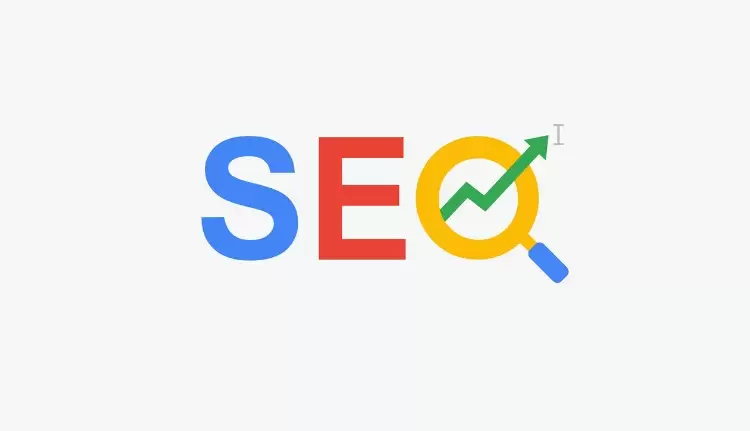SEO Audits: Identifying and Fixing Website Weaknesses
An SEO audit isn’t a one-time task. Search algorithms change, competitors adapt, and user behavior evolves.

Let’s face it: building a website is only half the battle. The real challenge is making sure people can actually find it. That’s where SEO audits come in. Think of them like a routine health check-up for your website. They uncover what’s working, what’s broken, and what’s holding you back from ranking higher in search results. Whether you’re running a blog, an e-commerce store, or a service-based business, ignoring SEO weaknesses can leave you invisible to your audience. Let’s break down how to tackle an SEO audit—without the jargon.
Start with the Basics: Is Your Website Even Visible?
Before diving into complex fixes, ask a simple question: Can search engines find your site? If search bots can’t crawl or index your pages, nothing else matters.
Common Crawling & Indexing Issues
Blocked Pages: Check your robots.txt file. Accidentally blocking search engines from key pages (like your blog or product listings) is a common mistake.
Broken Links: Tools like Screaming Frog or Google Search Console can spot 404 errors. Broken links frustrate users and waste “crawl budget” (the time bots spend on your site).
Duplicate Content: Multiple URLs showing the same content confuse search engines. Use canonical tags to point bots to the “main” version of a page.
Quick Fixes
-
Update your robots.txt to allow crawling where needed.
-
Redirect broken links to relevant pages.
-
Consolidate duplicate content or add canonical tags.
On-Page SEO: Are You Speaking Your Audience’s Language?
On-page SEO is about aligning your content with what users are searching for. It’s not just keywords—it’s intent.
Common On-Page Problems
Missing or Weak Meta Tags: Titles and descriptions that don’t include keywords or entice clicks.
Poorly Structured Content: Walls of text without headers (H1, H2, etc.) or bullet points.
Keyword Stuffing: Trying to rank by repeating phrases unnaturally (spoiler: it backfires).
Quick Fixes
-
Rewrite meta titles and descriptions to be clear, keyword-rich, and compelling.
-
Break content into sections with headers. Use short paragraphs and visuals.
-
Focus on topics, not just keywords. Answer questions your audience cares about.
Technical SEO: The Invisible Foundation
Technical SEO is like the plumbing of your website. When it’s faulty, everything else suffers.
Common Technical Issues
Slow Load Times: 40% of users abandon sites that take longer than 3 seconds to load.
Non-Mobile-Friendly Design: Google prioritizes mobile-first indexing. If your site isn’t responsive, you’re penalized.
Unsecure Sites: HTTP instead of HTTPS? Browsers mark your site as “not secure,” scaring visitors away.
Quick Fixes
-
Compress images and enable browser caching to speed up your site.
-
Test mobile responsiveness with Google’s Mobile-Friendly Test.
-
Install an SSL certificate to switch to HTTPS.
Content Gaps: Are You Missing What Your Audience Needs?
Great content isn’t just about quality—it’s about relevance. If you’re not covering topics your audience searches for, you’re missing opportunities.
Spotting Content Gaps
-
Use tools like Ahrefs or SEMrush to find keywords competitors rank for that you don’t.
-
Look at Google’s “People Also Ask” sections for related questions.
-
Update old posts. A 2-year-old guide might lack newer insights (or keywords).
Quick Fixes
-
Create new content around underserved topics. For example, law firms might focus on lawyer SEO strategies to attract clients searching for legal services.
-
Refresh outdated posts with current data, examples, or multimedia.
Backlinks: Quality Over Quantity
Backlinks are still a ranking factor, but spammy links hurt more than they help.
Common Backlink Issues
Toxic Links: Links from shady sites (e.g., gambling, adult content) can trigger penalties.
Over-Optimized Anchor Text: Too many exact-match keywords (e.g., “best divorce lawyer”) look manipulative.
No Link Diversity: All links from one source (like directories) lack credibility.
Quick Fixes
-
Use Google’s Disavow Tool to distance yourself from toxic links.
-
Diversify anchor text with natural phrases (“click here,” your brand name, etc.).
-
Earn links by creating shareable resources (e.g., infographics, free tools).
User Experience: Keep Visitors Happy
Google cares about how users interact with your site. High bounce rates or low time-on-page signal that your content isn’t meeting expectations.
Common UX Issues
Confusing Navigation: If users can’t find what they need in 3 clicks, they’ll leave.
Intrusive Pop-Ups: Aggressive ads or sign-up forms annoy visitors.
Poor Readability: Tiny fonts, low contrast, or cluttered layouts strain eyes.
Quick Fixes
-
Simplify menus. Use breadcrumbs for easy backtracking.
-
Limit pop-ups or delay them until users scroll down.
-
Choose clean fonts and plenty of white space.
Putting It All Together
An SEO audit isn’t a one-time task. Search algorithms change, competitors adapt, and user behavior evolves. Schedule audits quarterly to stay ahead. Start with crawling issues, then layer in on-page, technical, and content fixes.
Remember, SEO isn’t about gaming the system—it’s about creating a site that’s genuinely useful. Whether you’re a blogger, a small business, or a legal firm refining lawyer SEO strategies, the goal is the same: make your website the best answer to your audience’s questions.
So roll up your sleeves, grab a coffee, and start auditing. Your future rankings (and customers) will thank you.
What's Your Reaction?


















